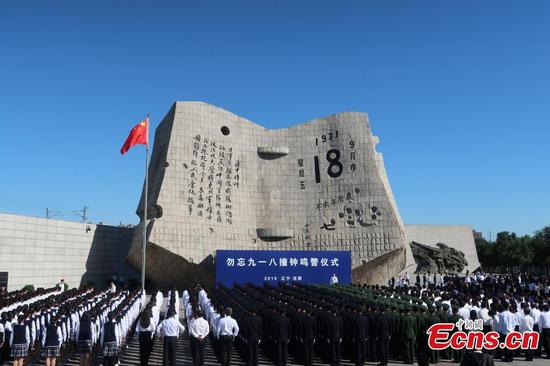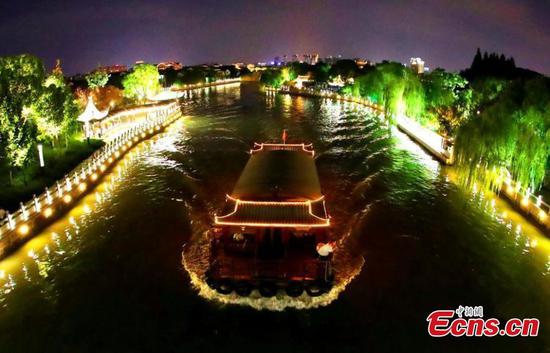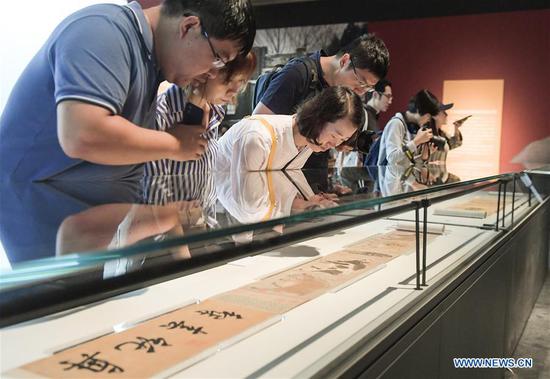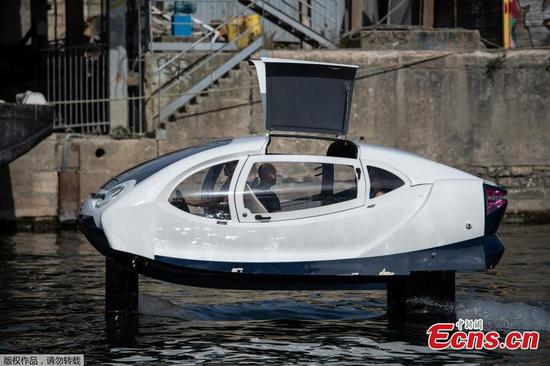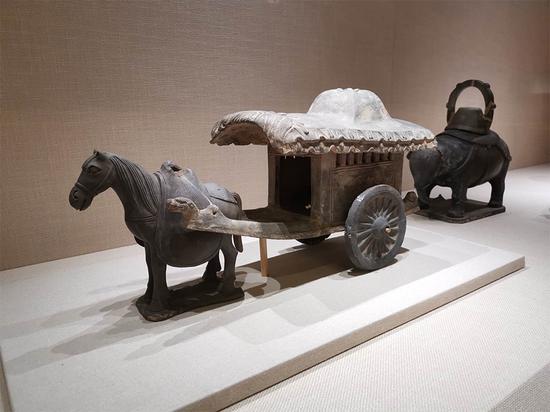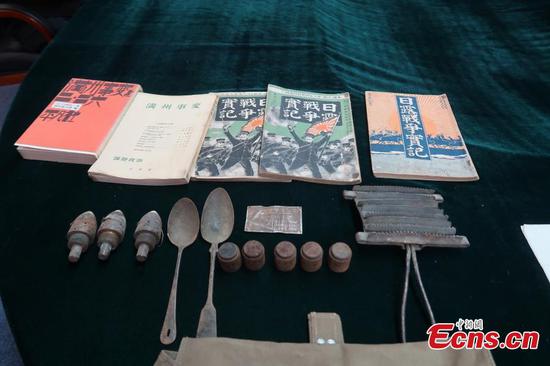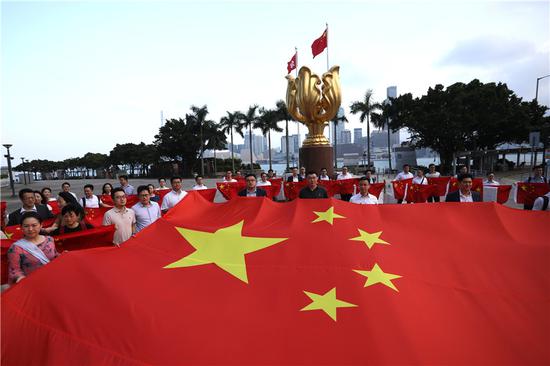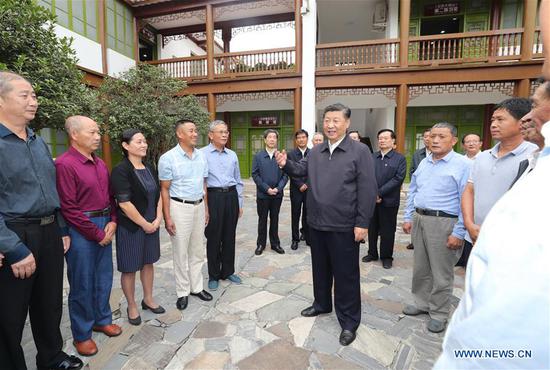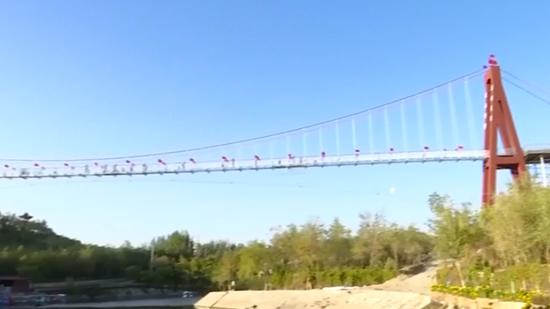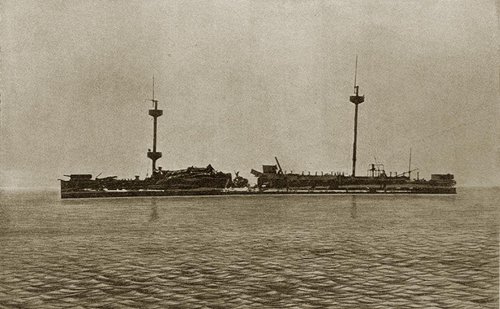
A photo of the Dingyuan dated 1895 (Photo/Courtesy of Zhou Chunshui)
In February 1895, the ironclad battleship Dingyuan, one of the flagship vessels of the Qing Dynasty's (1644-1911) Beiyang Fleet, was sunk into the Yellow Sea during a battle with an invading Japanese fleet. For more than a century, the ancient ship slept on the ocean floor, until it was discovered by a team of Chinese underwater archaeologists, providing valuable information toward the study of the First Sino-Japanese War of 1894-95.
"We found the Dingyuan was close to 500 meters off Liugong Island's East village in Weihai Bay, East China's Shandong Province," Zhou Chunshui, a research fellow at the National Center of Underwater Cultural Heritage and head of the survey team, told the Global Times.
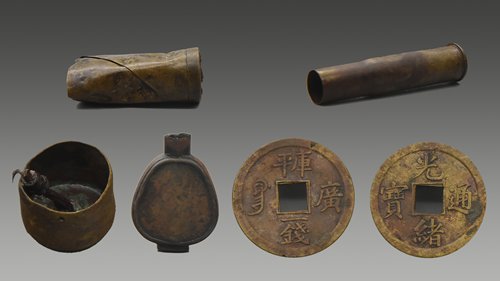
Magnetic discovery
With a length of 91 meters, width of 18.3 meters and draft of 6.05 meters, the first-class armored ship was commissioned by the Qing government to the German Vulcan shipyard for the price of 1.7 million taels of silver. It was once called "the first giant ship in Asia," and became an object of study by the Japanese navy.
During the First Sino-Japanese War, the Dingyuan was attacked by a Japanese torpedo boat. After a five-hour-long battle, the vessel found itself in dire straits. The captain ordered the crew to scuttle the ship to prevent it from falling into enemy hands and then committed suicide by taking opium.
According to Zhou, during a survey of the Weihai Bay in 2017, the survey team noticed an unusual magnetic anomaly off the shore of Liugong Island.
"The Dingyuan was reinforced with steel plates and cast iron, so the entire ship has a pronounced magnetic field," Zhou noted.
With this information in mind, Zhou's team surmised that the anomaly may have been a battleship lost during the war. In July, he and his team set out to track down the source of the magnetic anomaly.
After two months of hard work, the team was finally able to pinpoint the location of the wreck.
Based on previous surveys of the area, archeologists used mapping and imaging technology to survey the site and sucked out thick layers of sand to expose part of the sunken ship hull, according to a report from the Xinhua News Agency.
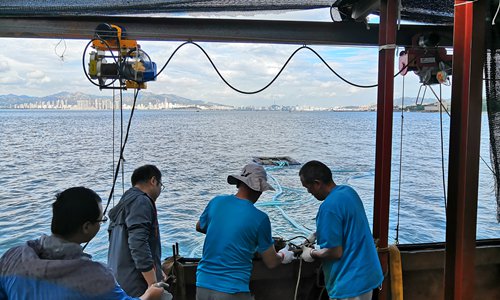
No easy task
According to Zhou, compared with archaeological surveys on land, underwater archaeology faces many more difficulties. First, survey methods are very difficult. Second, the constant strong waves makes the environment extremely unpredictable. The third challenge involves dealing with the cold water temperatures and depth. If an object is deep underwater, temperatures can be very low, which means divers have to carry more equipment. Visibility is another issue. If visibility is weak, it will prove even more difficult for the team to determine the precise location of an object.
Zhou said they were lucky that the Dingyuan was located in a shallow area, but the work was still full of challenges because the shipwreck was buried by sediment at a depth of one to three meters. Zhou stressed that the timing of the operation was also very important.
"Because the temperature of water in June was cold and the wind in September would be strong, we could only work in July and August."
"The battleship's hull has been scattered around a large area, so we are not positive about how much can be preserved. More detailed information should be further explored in the second phase of underwater archaeological work next year," Zhou said.










